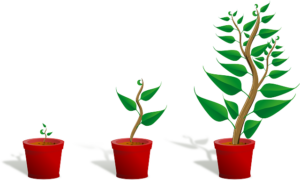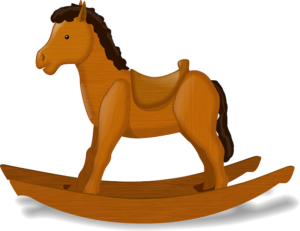Living and Non-living things
For Class 3
Living things: Living things are things that are alive. Animals and plants are living things.
Characteristics of living things:
- All living things move. Animals run. Birds fly. Fishes swim. Even plants shows movement. If you touch the leaves of the mimosa (touch-me-not) plant, the leaves immediately closes.
- All living things grow. A human baby grows into a young child and then to an adult. A seed grows into a new plant and then it may grow to become a tree. All animals and plants undergoes changes as they grow during their lifetime.
- All living things need food. Human being, plants and animals need food to grow, move and keep their bodies fit and healthy.
- Living things breathe. Human being and many animals breathe through their nose. Fishes breathe through their gills. Plants breathe through a small openings in their leaves called stomata.
- Living things feel changes around them. Human being and animals feel changes around them with the help of their sense organs These sense organs are eyes, nose, ears, tongue and skin. Some plants also feel changes such as mimosa plant as mentioned above.
- Living things reproduce and have babies. All living things either give birth to their young ones or lay eggs. Human being, cows, goat, lion and elephant give birth to babies. Birds, snakes, crocodiles, tortoises and lizards lay eggs. Babies hatch from these eggs. Plants reproduce from seeds. Seeds then grow into a plant.
Non-living things: Non-living things are things that are not alive. They do not move. They do not grow. They do not need food. Examples of non-living things are chair, television, car, utensils, pen, etc.
Difference between living things and non-living things:
| Living Things | Non-Living Things |
|---|---|
| 1. All living things can move. | 1. Non-living things cannot move of its own. |
| 2. Living things grow. | 2. Non-living things cannot grow. |
| 3. Living things need food. | 3. Non-living things do not need food. |
| 4. Living things breathe. | 4. Non-living things do not breathe. |
| 5. Living things feel changes around them. | 5. Non-living things cannot feel any changes around them. |
| 6. Living things produces young ones. | 6. Non-living things cannot produces young ones. |
A. ANSWER THESE QUESTIONS.
- Why do animals move around?
- Why do living things need food?
- How do animals sense their surrounding?
- Give three differences between living and non-living things.
- Give two difference between plants and animals.
B. TRUE OR FALSE
- Fish move with the help of their fins.
- Chair is a living thing.
- Plants make their own food.
- Plants breathe through stomata.
- Crocodiles reproduce by giving birth to babies.
- Tree is a non-living thing.
- Living things grow old and die.
[addthis tool=”addthis_relatedposts_inline”]


